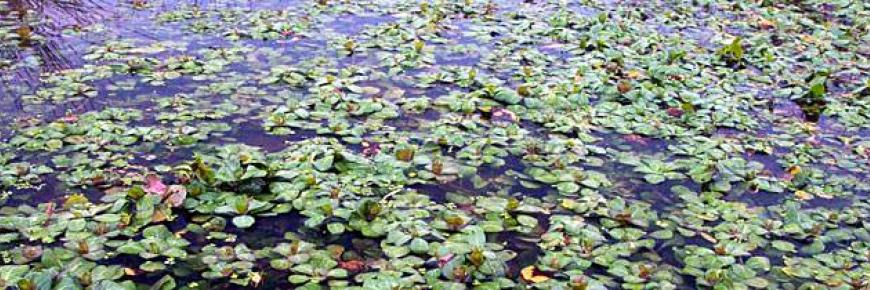Was it a stoat? Was it an otter? No, it was the dastardly American mink.
 American mink are infamous. Introduced widely to farm for fur, they escaped and established feral populations across Europe and have had devastating consequences for several native species.
American mink are infamous. Introduced widely to farm for fur, they escaped and established feral populations across Europe and have had devastating consequences for several native species.
Studies have found that the presence of mink significantly affects the distribution and nesting success of many ground-nesting birds such as the moorhen, coot and other wildfowl species. A study on the West Coast of Scotland found the presence of mink has reduced populations of black-headed gulls by 52%, common gulls by 30% and common terns by 37% - with up to 100 birds killed on one night!
However, the American mink is most well known for its effect on the threatened European water vole, AKA ‘Ratty’ from Wind and the Willows. Following the introduction of mink to the UK, water vole populations declined by over 90%, disappearing from large parts of its historic range.
Despite serious conservation efforts, the water vole is still under decline as revealed by several recent surveys. The National UK Water Vole Database and Mapping project found water voles to have declined by 22% between 2007 and 2011. Furthermore, recent estimates suggest the UK water vole population have declined by a further 20% since 2011.
To allow the water vole to make a recovery, it is important that the American mink populations are controlled, particularly in the areas that remain strongholds for the water vole. Norfolk is one such stronghold and therefore the control of American mink in this county has become a priority - a priority which RINSE has joined to help guard the species.
The Norfolk Non-native Species Initiative at the Norfolk County Council (RINSE’s Lead Partner) has helped establish a network of volunteer mink trappers. These volunteers are loaned a ‘mink raft’ to monitor and control the invasive species. Funding from RINSE has allowed this network to be expanded into North Norfolk, an area that previously had no coverage in the trapping network.

With this coordinated control effort, it is hoped that mink populations can be reduced to a very low level, allowing the water vole to make a recovery. If you want to read more about the Norfolk Mink Control Project click here!
References:
Barreto, G. R., Rishton, S. P., Strachan, R & Macdonald, D. W (1998). “The role of habitat and mink predation in determining the status and distribution of water voles in England.” Animal Conservation 1:129-137.
Bonesi, L., Chanin, P & Macdonald, D. W (2004). “Competition between Eurasian otter and American mink probed by niche shift.” OIKOS 106: 19-26
Bonesi, L & Palazon, S (2007). “The American mink in Europe: status, impacts and control” Biological Conservation 134:470 – 483
Ferreras, P & Macdonald, D. W (1999). “Impact of American mink on water birds in upper thames” Journal of applied ecology 36:701-708
Macdonald, D. W & Harrington, L. A (2003). “The American mink: the triumph and tragedy of adaptation out of context.” New Zealand Journal of Zoology. 30: 421 - 44
http://www.bbc.co.uk/news/science-environment-23975749
Photo Credits: American Mink (Snowdonia National Park Authority) and Mink Raft (GCWT)

